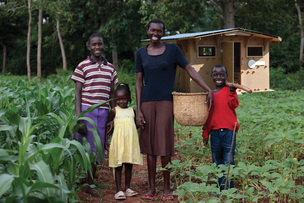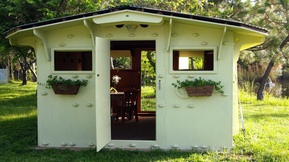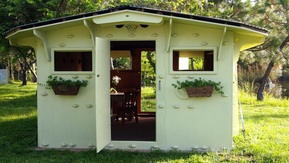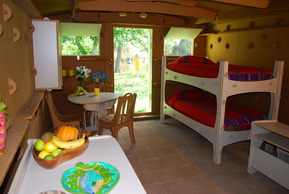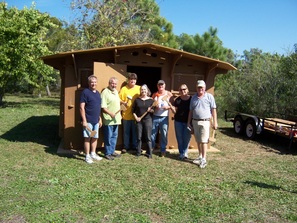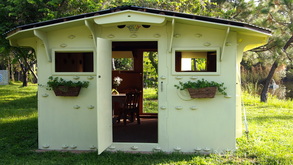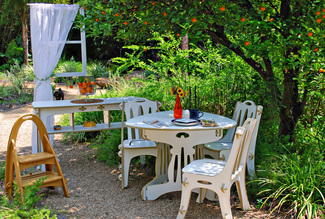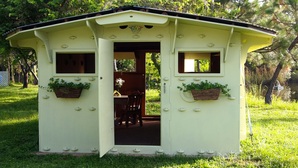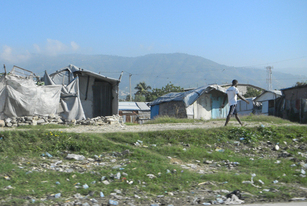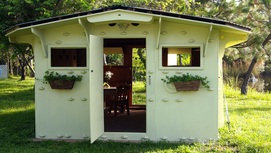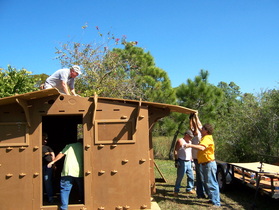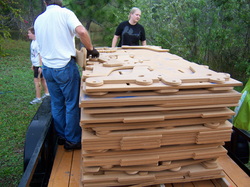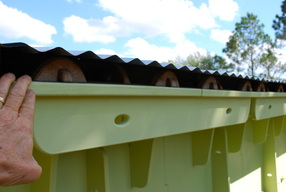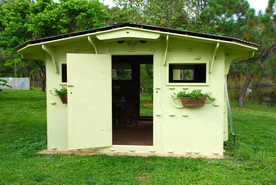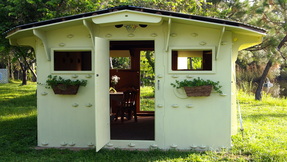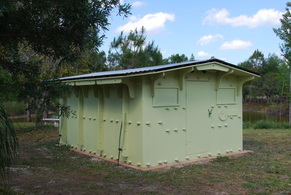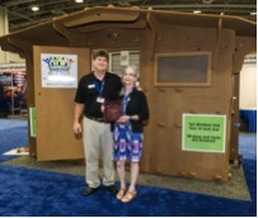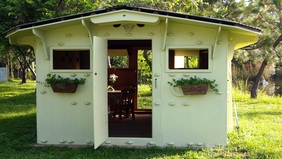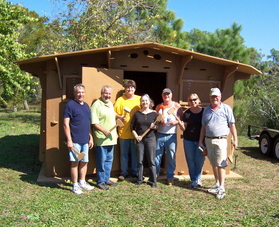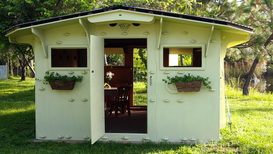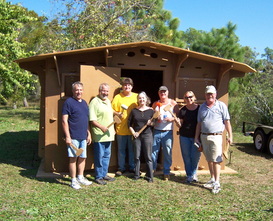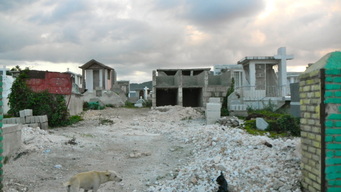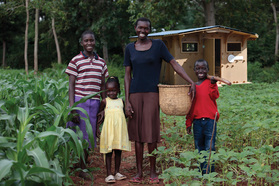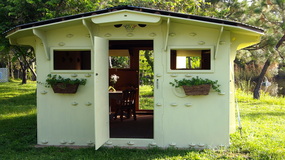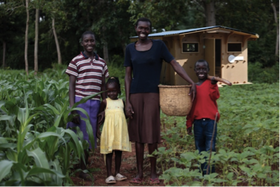
Part 6 of a 6 part series
Shelter in A Day and Terrapeg eco-friendly furniture are actively seeking new business relationships. Our breakthrough building technology has built-in adaptability with vast potential to help the less fortunate worldwide as well as unlimited applications in the developed world. The ability to build a secure, green and long lasting, furnished house, at a low cost, in a single day, completely changes the economic reality of small buildings, whatever their intended use, and Terrapeg furniture represents an emerging revolution in the furniture… and many other industries.
Given the time and adaptable Terrapeg technology, I could easily develop an endless supply of new, useful and green consumer products, across a wide spectrum of markets.
This phenomenal technology also represents the rarest of business opportunities, a fundamentally new, product line.
There is one more idea I need to mention. Terrapeg and Shelter In A Day are technologies that can fit in a thumb drive. CNC manufacturing facilities and fiberboard plants are distributed worldwide. This means that in an emergency, intensive production can be closer to the disaster location. We can ship information, not goods, saving time, resource and transport costs. It also means that distributed manufacturing can help with the problems associated with shipping consumer goods like Terrapeg. Just imagine a kiosk in a big box store where your customer can order custom furniture by color, material and even custom carved with a school logo for instance, and have it manufactured locally and delivered to the same store for pickup.
OK, You made it!
If you have read this far you have an exceptional heart conveniently located below an interested mind and I look forward to communicating with you.
Thank you,
I hope I succeeded in lifting your spirits, and let’s keep in touch.
Frank Schooley
Designer; Terrapeg & Shelter In A Day
READ Part 1
READ Part 2
READ Part 3
READ Part 4
READ Part 5
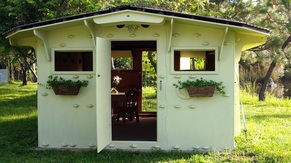
Winner of 2013 Aid and International Development Forum (AIDF) "Most Innovative Product Award." Shelter In A Day is the brainchild of eco-friendly, furniture designer Frank Schooley. Shelter's disaster recovery housing provides safe and secure, simple to construct, green homes for those displaced by natural disasters, such as hurricanes, earthquakes or floods.
The disaster shelters are a solidly constructed, termite, rust and rot resistant house, with lockable doors and windows. Homes are crafted from waterproof, recycled wood fiber material and can be easily erected anywhere, in one day.
| | |
